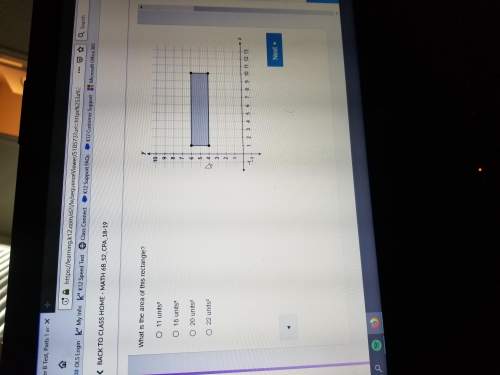
Mathematics, 22.02.2021 19:10 antbanks3050
An athletic footwear company is attempting to estimate the sales that will result from a television advertisement campaign of its new athletic shoe. The contribution to earnings from each pair of shoes sold is $40. Suppose that the probability that a television viewer will watch the advertisement (as opposed to turn his/her attention elsewhere) is 0.40. Furthermore, suppose that 1% of viewers who watch the advertisement on a local television channel will buy a pair of shoes. The company can buy television advertising time in one of the time slots according to Table below:
Television advertising costs and viewers
Time Slot Cost of Advertisement ($/minute) Estimated number of viewers
Morning 120,000 1,000,000
Afternoon 200,000 1,300,000
Prime Time 400,000 3,200,000
Late evening 150,000 800,000
(a) Suppose that the company decides to buy one minute of advertising time. Which time slot would yield the highest expected contribution to earnings net of costs? What is the total expected contribution to earnings resulting from the advertisement?
(b) Suppose the company decides to buy two one-minute advertisements in different time slots. Which two different time slots should the company purchase to maximize the expected contribution to earnings? What is the total expected contribution to earnings resulting from these two advertisements?

Answers: 2
Another question on Mathematics

Mathematics, 21.06.2019 19:30
[15 points]find the least common multiple of the expressions: 1. 3x^2, 6x - 18 2. 5x, 5x(x +2) 3. x^2 - 9, x + 3 4. x^2 - 3x - 10, x + 2 explain if possible
Answers: 3

Mathematics, 21.06.2019 20:00
Solve each equation using the quadratic formula. find the exact solutions. 6n^2 + 4n - 11
Answers: 2

Mathematics, 21.06.2019 22:30
There are 93 calories in a small candy bar how many calories are ther in a half dozen small candy bars?
Answers: 2

Mathematics, 22.06.2019 01:00
The weight of 46 new patients of a clinic from the year 2018 are recorded and listed below. construct a frequency distribution, using 7 classes. then, draw a histogram, a frequency polygon, and an ogive for the data, using the relative information from the frequency table for each of the graphs. describe the shape of the histogram. data set: 130 192 145 97 100 122 210 132 107 95 210 128 193 208 118 196 130 178 187 240 90 126 98 194 115 212 110 225 187 133 220 218 110 104 201 120 183 124 261 270 108 160 203 210 191 180 1) complete the frequency distribution table below (add as many rows as needed): - class limits - class boundaries - midpoint - frequency - cumulative frequency 2) histogram 3) frequency polygon 4) ogive
Answers: 1
You know the right answer?
An athletic footwear company is attempting to estimate the sales that will result from a television...
Questions





English, 15.10.2019 20:10


Mathematics, 15.10.2019 20:10


Mathematics, 15.10.2019 20:10



Mathematics, 15.10.2019 20:10











